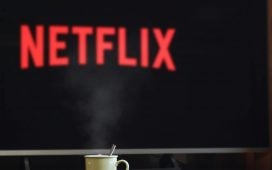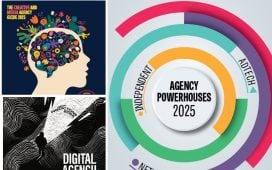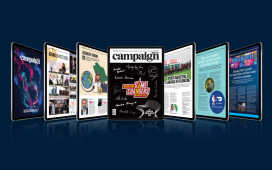AMER EL HAJJ, Chief investment officer, Publicis Media
A recent report by Winterberry, a specialised management consultancy, cites that only 5 per cent of its panellists said out-of-home (OOH) is the best medium suited to driving value in concert with the deployment of other channels. By coincidence, the same percentage is reflected in an IAB UK & PwC 2018 report, showing that OOH billing in the UK is 5 per cent of the total media spend.
Some brands would argue that the time of traditional media is long gone, as it simply cannot compete with the more popular adoption and immersion of digital and social media. I, o
To continue reading this article you need to be registered with Campaign. Registration is free and only takes a minute. Register Now or sign in below if you already have an account.









